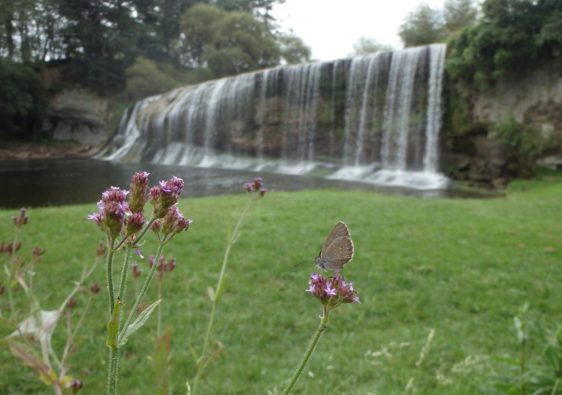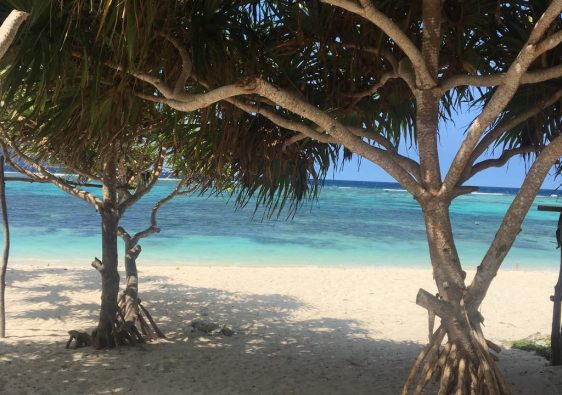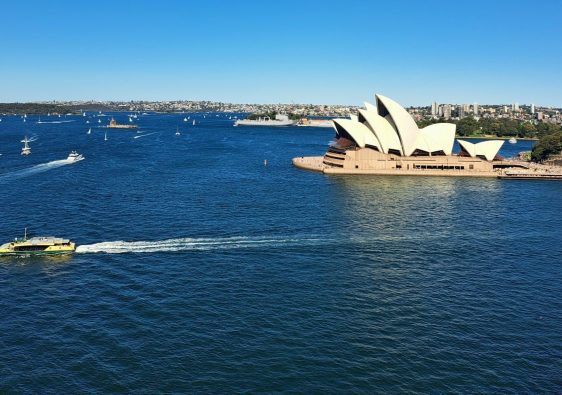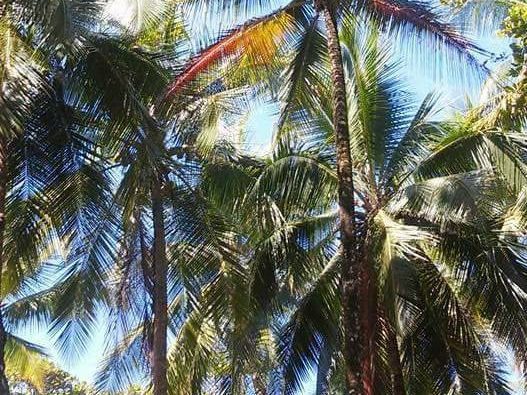Page menu:
Overview – When to visit – Things to do – Cost – Insider tips
Colombia is a bright and beautiful country! Complete with smiling faces from locals, and award winning coffee (?), a trip here is sure to lift your spirits. Lined with ocean on west and mountains cutting through the middle, there are experiences for every type of explorer! It is an easy spot for North Americans as the outlets are the same, water is safe, exchange rate is good (for us) and flights can be cheap!

Overview:
Language: Spanish
Money: Colombian Peso (COP)
Conversion rate: 1USD=3945COP (as of Feb. 2022)
Tipping: 10% of the total bill is customary, but not neccessary.
Outlets: The same outlet style as the USA, with a 110v make it an easy transition from North America.
Emergency #: 123
People: Colombian people are very friendly and helpful. If you show a bit of Spanish skills, they will likely get excited and rattle off a lot of words you might not know. (I recommend bringing a Spanish-English dictionary with you)
Safety: I ran into zero problems during my trip, however it is always a good idea to stay aware of your surroundings. If something/someone feels off, get yourself out of the situation.
Water: The water here is safe to drink.

Seasons of Colombia:
Because of its proximity to the equator, the climate in Colombia is fairly consistent throughout the year. There are only two seasons:
Dry season-December-February and July-August
Cloudy season-April-May and October-November
Even during the cloudy season though, it’s likely to only rain for a short portion of the day, then back to sunshine.
My recommended time to visit: I was in Colombia during the month of February. This was a perfect time to be there as it’s the end of the dry season. It was certainly HOT during the first part of my trip, but mellowed out as I traveled on. I never experienced any heavy rainfall and the tourists were few & far between.
Things to do in Colombia:

Explore the streets of Cartagena– This incredible historic town has streets lined with colorful buildings, covered in even brighter flowers. A free (donations only) tour is available and an amazing resource to learn about the history and culture of the city! See Insider tip #3!
Art walk in Bogota- This is such a fantastic way to learn about “graffiti” in Colombia. (hint: It has a much deeper meaning than just some hoodlums spray painting.) Again, there is a “free” walking tour that explains the culture, history and story of enduring Pablo Escobar and the cartels.


Visit Salento- Okay, I’ll admit that it might just be my hippie heart that fell so hard for Salento, but I do highly recommend this adorable little town to anyone passing through Colombia. Laid back vibes, a nightly market in the main square and delicious cafes and eateries make this place a must in my book! (ps. If you follow a hippie heart too, there are some incredible hostels and nooks in this town filled with colorful outdoor seating, guitars for public use, and reggae music on repeat ❤)
Hike the tallest palms- Just outside of Salento, is a hike leading you to the tallest palm trees in the world! They are 100% worth the steep and long hike it takes to get there! (If hiking isn’t your jam, there is a restaurant at the top that you can drive to, but it’s just a view of the trees-you don’t really get to be among them). Talk to any hotel or hostel employee & they can tell you where to hop on the adventure jeep taking you to the start of the hike.


Street food- Empanadas, Arepas, fresh-squeezed fruit juice, and so many other things that remain a delicious mystery to me are some of the options you can find from street vendors in Colombia. Lots of deep fried goodness for literally $2 or less.
Local performances- I watched the amazing performance (pictured left) in Cartagena, but I know many cities around Colombia host local and traditional dance performances. Sometimes you can buy tickets for them and sometimes they are free or donation based. Whichever one you choose, it’s a great way to learn (and be impressed by) an artistic side of Colombian life.

Find a 2-week itinerary for your Colombia trip here.
General Costs:

Budget
Food: Street food can be found everywhere for just $1 or $2. Markets sell produce for about the same.
Accommodation: 10-$15 for a dorm or local, budget accommodation.
Transportation: Walking is of course, free. City buses only cost .50-$1.50 and run frequently.
Activities: Hikes and beach days are free. Renting a bike is around $2 a day and is a good way to see the town.

Mid Range
Food: Family, sit down restaurants offer local dishes for $5-$12.
Accommodation: Around $40-$60 for a mid range hotel.
Transportation: Taxis and buses can be anywhere between $2.50 and $14.
Activities: Entrance fees to parks and smaller tours, like coffee plantation, museums, etc will run you about $5-15.

High End
Food: Nicer restaurants in tourist areas are more like $15-$18 per plate.
Accommodation: $60+ per night for a nicer or chain hotel.
Transportation: Renting a car can be $25 per day and domestic flights are around $50 one way.
Activities: Multi-day tours and bigger excursions can be anywhere from $25-$100+ depending.

Insider tips:
1 Shop local markets & “malls”. There are so many open air markets and shop lined streets in Colombia that are thrilled to grab a foreigner’s attention. It’s a great way to support a local family and get a souvenir or veggies at the same time.
2 Take public transport. Buses are easy to find and cost just cents. It’s a great way to get a feel for everyday life of the people.
3 When visiting Cartagena, look into staying at La Casa en El Aqua-A hostel literally in the middle of the ocean. You can choose to sleep in a private room or an outdoor hammock & the experience is unparalleled.
4 Talk to your hostel or hotel staff about “free” walking tours. They are abundant in Colombia and I can’t say enough good things about them! *Tip your guides*



